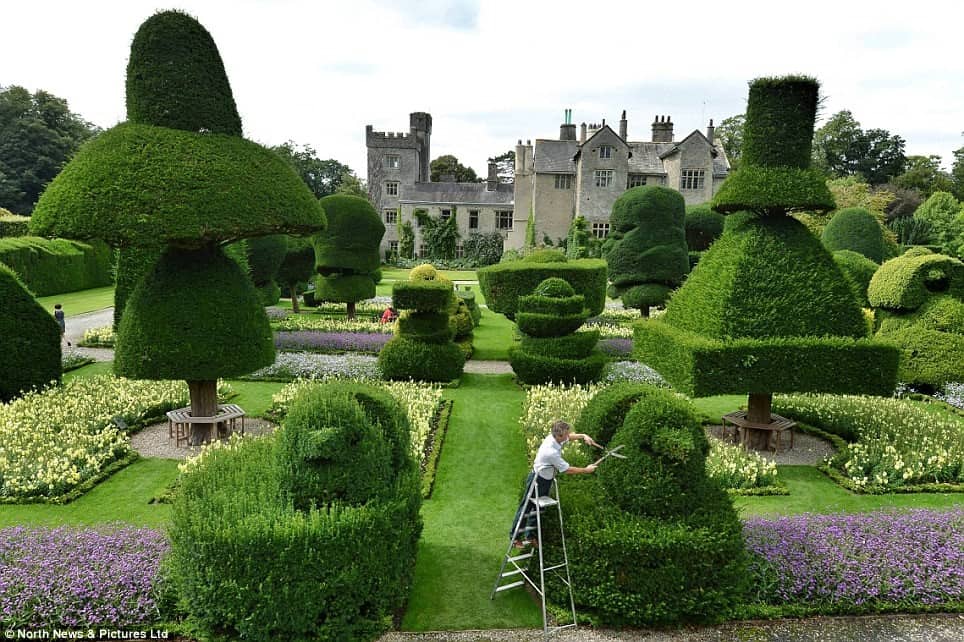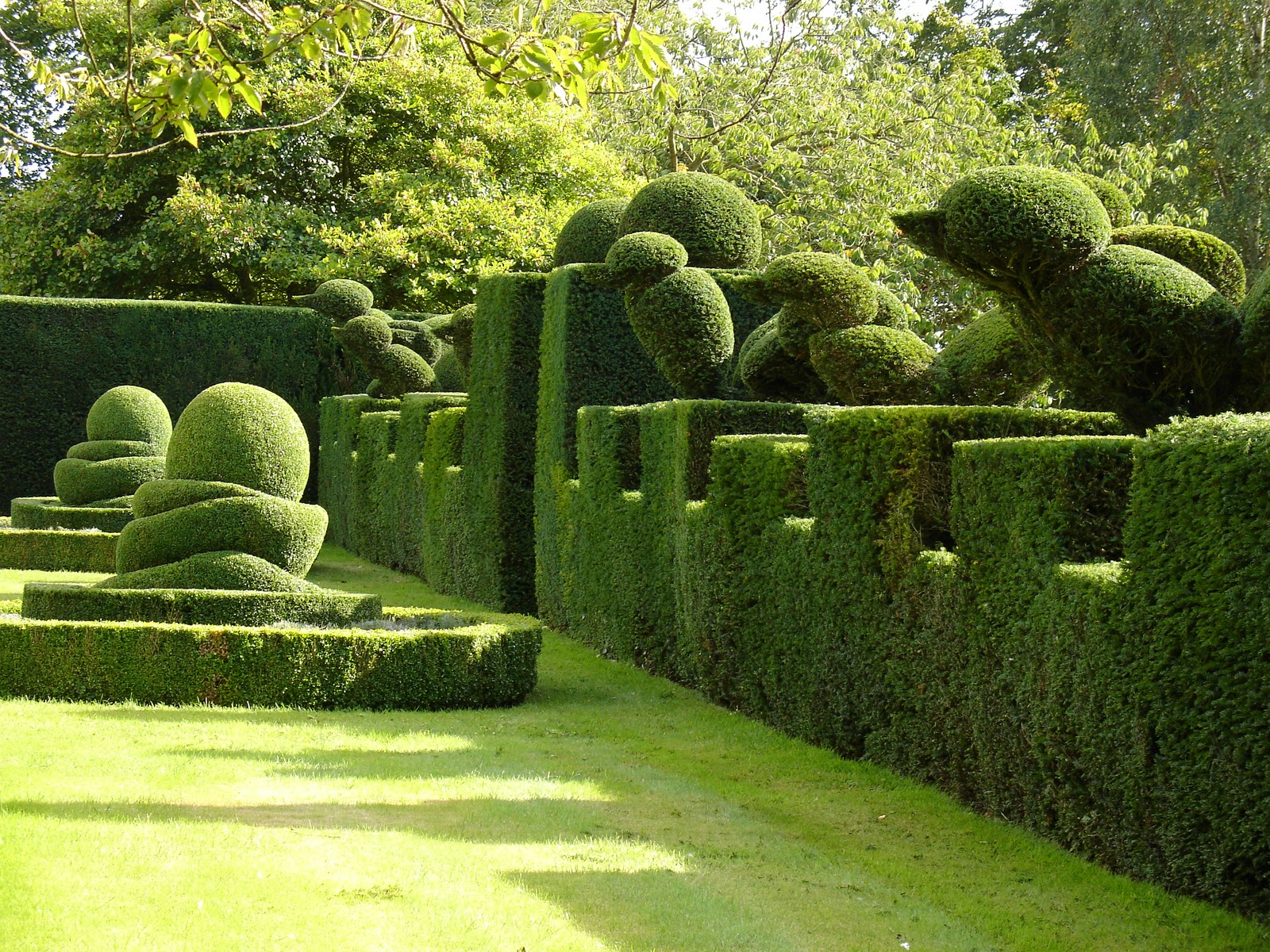Topiary is the art of trimming and shaping plants into decorative shapes or designs. The practice of topiary has been around for centuries, dating back to ancient Roman and Greek times. Today, topiary is still a popular garden design technique that can add a touch of artistry and elegance to any outdoor space.
There are many different topiary styles to choose from, ranging from classic shapes like spheres and cones to more creative designs like animal or cloud topiaries. Each style requires careful planning, skillful pruning, and ongoing maintenance to maintain its shape and beauty over time. In this article, we will explore some of the most common styles of topiary and their unique features and characteristics.
There are many different styles of topiary, each with its own unique features and characteristics. Here are some of the most common styles:
- Spiral topiary: This style features a plant trained into a spiral shape, usually around a central support structure.
- Ball topiary: This style features a plant pruned into a ball or sphere shape, often used in pairs to create an entranceway.
- Cone topiary: This style features a plant trimmed into a cone shape, typically used as an accent in gardens or on patios.
- Cube topiary: This style features a plant pruned into a cube shape, creating a modern and geometric look.
- Animal topiary: This style features plants trimmed to resemble animals, such as a peacock or a horse.
- Formal topiary: This style features symmetrical, geometric shapes, often used in formal gardens.
- Informal topiary: This style features more free-form shapes and designs, often used in more casual gardens.
- Espalier topiary: This style involves training a plant to grow flat against a wall or fence, creating a decorative pattern.
- Pom-pom topiary: This style features a plant pruned into a ball shape, with a small stem below the ball.
- Bonsai topiary: This style combines the art of bonsai with topiary, creating miniature trees or shrubs shaped into artistic forms.
- Tiered topiary: This style involves using multiple plants of different sizes and shapes to create a tiered effect, often resembling a wedding cake.
- Cloud topiary: This style features plants that are pruned to resemble clouds or billowing waves.
- Frame topiary: This style involves using a wire or metal frame to guide the growth of a plant into a specific shape or design.
- Lollipop topiary: This style features a plant pruned into a ball or cylinder shape, with a long stem below the ball.
- Multi-stem topiary: This style involves training multiple stems of a single plant into an artistic form.
The topiary style is often based on the type of plant or tree being used, as well as other factors such as the overall design of the garden or outdoor space. Different plants have different growth patterns and characteristics, and these must be taken into account when choosing a topiary style.

For example, plants with small leaves or tight growth patterns may be better suited for intricate designs like spirals or animal shapes, while plants with larger leaves or more flexible branches may be better suited for more free-form styles like cloud or tiered topiaries.
The size and shape of the plant also plays a role in determining the appropriate topiary style, as does the amount of sunlight and water the plant requires. In general, the topiary style chosen should complement the overall design of the garden or outdoor space and enhance its aesthetic appeal.
Topiary is an art form that has been used for centuries to create beautiful and intricate designs using plants and trees. With a variety of topiary styles to choose from, there is a design that can suit any garden or outdoor space.
While each style requires careful planning and maintenance, the result is a unique and artistic display that can add a touch of elegance and beauty to any setting. Whether you choose a classic style like ball or cone topiaries or opt for something more whimsical like animal or cloud topiaries, the end result is a beautiful work of living art that can be enjoyed for years to come. Topiary is a beautiful art form that has stood the test of time and will continue to inspire gardeners and nature lovers for generations to come.
